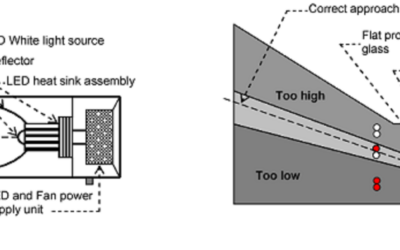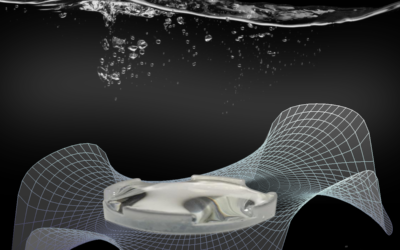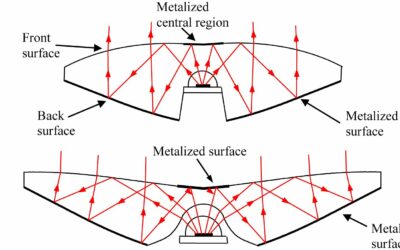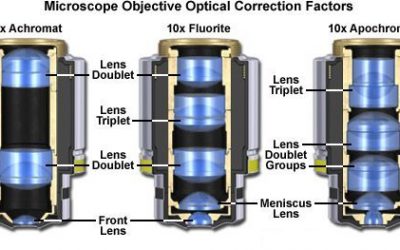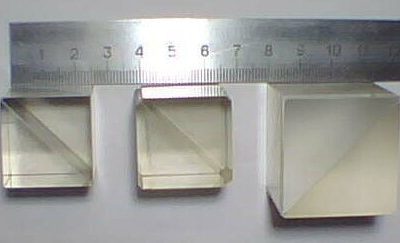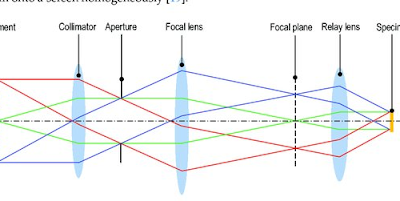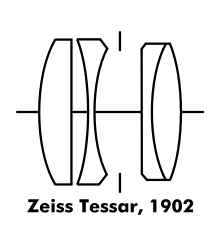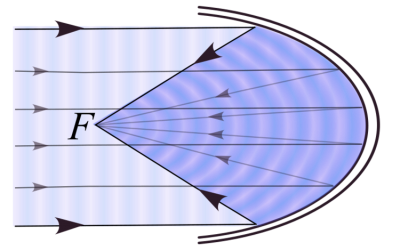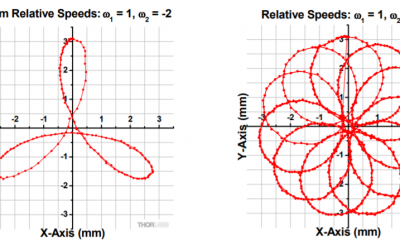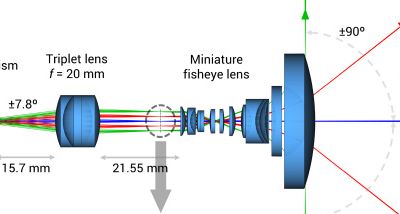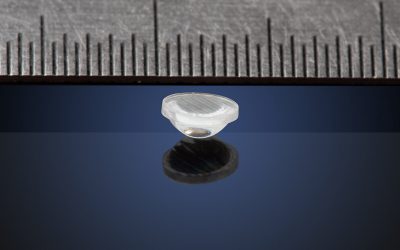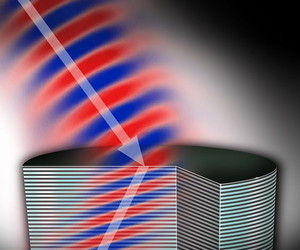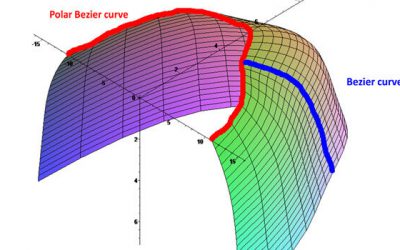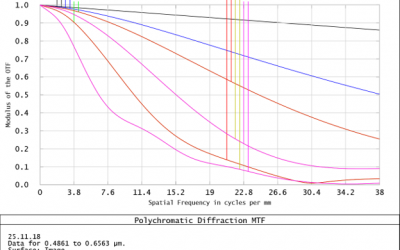In a previous article we talked about Aviation Light Optics. and discussed a runway light system called Precision Approach Path Indicator (PAPI). Now we would like to go more in detail into PAPI design and describe their design requirements. The PAPI system...
optical design
Optics in the News – June 2022
by Victor Argueta | OFH, optics
Complex Optical Components from Fluids. Researchers from the Israel Institute of Technology have developed a new technique to fabricate free-form optics by curing a liquid polymer. Traditionally, free-form optics are fabricated using complex CNC equipment that...
RXI Collimators explained
by Victor Argueta | FAQ, optical design, Victor Argueta
Optical collimators also called non-imaging concentrators are optical components that can collect and project light from a source. Common examples include solar collectors that concentrate the sun's light and project it to heat a surface or direct it to solar panels....
Understanding objective lenses
by Victor Argueta | FAQ, lens design, Optical Components, optical design, optical engineering
Introduction In previous entries, we have talked about the design of scanning microscopes, infinity corrected microscopes, confocal microscope design, and Koehler illumination systems-a common illumination system in microscopes. The most essential microscope element...
Rigid Endoscope Design
by Victor Argueta | FAQ, optical design, optical engineering, Victor Argueta
Endoscopes are medical devices designed to collect the smallest images from inside the human body. Endoscopes can be divided into two categories: rigid endoscopes, in which relay lenses are stacked together generally creating a high-quality image, and flexible...
Beam Splitters: Explained
by Victor Argueta | FAQ, Optical Components
Beam splitters are a fundamental element in optical systems. Beam splitters are, in essence, optical components used to divide a single light source (usually a laser) into two separate beams. The more common kind of beam splitters (the kind that you can find in most...
Koehler Illumination
by Victor Argueta | FAQ, lens design consulting
When designing any optical system, an optical engineer needs to consider how illumination will be used: specifically, how the illumination could affect the way the image is created. If not carefully designed, some illumination systems may create a kind of...
Tessar Lens Design
by Victor Argueta | FAQ, lens design, optical design
Among the many lens design configurations, one of the most common lens optical layouts is the Tessar Lens. This layout was created by Paul Rudolph in 1902 for photographic lenses. In the golden age of film photography, the...
Parabolic Mirror Design
by Victor Argueta | FAQ, optical design, optical engineering, optics definitions
Parabolic mirrors are optical systems that are used to collect or distribute energy. They have a wide range of applications from solar collectors for water heating systems to microscopes and telescopes, and everyday flashlights. The most common way ...
Understanding Free Space Optical Communication Design
by Victor Argueta | FAQ, optical design, optics definitions
A previous post discussed underwater optical design. This week, we will review the diametrical opposite application - free-space optical communication (FSO). As with underwater optical design, one of the challenges facing FSO is the optical signal propagation...
Unlocking Risley Prisms: Precision in Optical Steering | OFH
by Victor Argueta | FAQ, optical design, opto-mechanical design
Introduction Previous posts have explained reflective, anamorphic and dispersive prisms and their use in optical systems. Today we will explain a prism configuration called Risley Prism. A Risley prism is actually two wedge prisms close to each other that can be...
How the Abbe Sine Condition impacts optical designs
by Victor Argueta | FAQ, lens design, optical design
When making first order optical design calculations, most engineers use parameters based on paraxial (or ideal) systems. That is, lenses in which the chief rays are very close to the optical axis. However, that’s not always the case, and as we move...
Exploring LIDAR Lens Design: Innovations and Applications in Optical Engineering
by Victor Argueta | FAQ, lens design, optical design
Introduction LIDAR, short for Light Detection and Ranging. In recent years, LIDAR has emerged as a transformative force across a multitude of industries, revolutionizing everything from autonomous vehicles to archaeology. But what exactly is LIDAR, how does it work,...
Design considerations for microlenses and lensarrays
by Victor Argueta | FAQ, lens design, optical design
As optical systems are reduced in size, we encounter new engineering challenges when analyzing and designing lenses. These are issues that we usually don’t see when working with larger elements. This article will review some of the challenges when designing...
Mastering Relay Lens Design: Enhancing Optical Systems | OFH
by Victor Argueta | FAQ, lens design consulting, Zemax
Introduction Optical relays, an integral component of various optical systems, play a crucial role when the user's proximity to the observed object is limited or when specific image transformations are required. A prevalent example of this is found in relay lenses,...
5 things to know about refractive index
by Victor Argueta | FAQ, optics, optics definitions
Introduction The refractive index is one of the basic concepts in optical sciences. Same as volume, and density, the refractive index is a fundamental property of all materials. However, not only materials that are used in optics have a refractive index. For example,...
Benefits of Multiphysics Design
by Victor Argueta | mechanical design, optical design, opto-mechanical design, Zemax
Simulating any optical system in Zemax is a fundamental part of our optical design process. Among many reasons, we simulate in Zemax so we can evaluate the optical performance, whether in terms of aberrations for imaging systems or power efficiency for...
How Aspheric and Freeform lenses work
by Victor Argueta | lens design, OFH, optical design, Zemax
A key aspect of an optical product development is the creation of a quality optical system design optimized to reduce aberrations and system cost. In an attempt to reach a balance between cost and performance, optical designers have created lenses with different...
Types of Optical Prisms
by Victor Argueta | mechanical design, optical design, optics, optics definitions
One of the most famous images in the history of optics is that of Sir Isaac Newton with a beam of white light going through a glass prism and a rainbow coming out the other side. It is one of the most famous optical experiments, not only for its simplicity, but also...
How to read an MTF chart
by John | optical engineering
Understanding the purpose of an MTF chart and how to read and MTF chart is an essential skill for anyone involved in the development of products that use optics.For most applications an MTF test is the single best method to determine lens quality. In this post we will...
